Why should you care about the Brussel sprout plant? Brussels sprouts are famed for their nutritional value. Besides, they have a nice texture and can be a versatile ingredient in the kitchen whether you fry, boil, or soup them.
In this guide, we’ll show you how to grow Brussel sprouts from seed to tasty food! Roll up your digital sleeves and let’s get to work!
The truth is, big food brands know that Brussels sprouts are a healthy meal that people like, so prices are often on the expensive side whether we’re talking about fresh or frozen products.
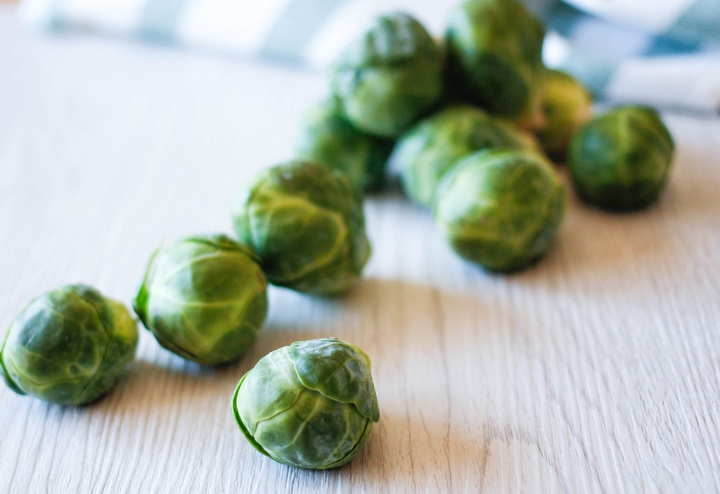
This is why it is a good idea to learn how to grow a Brussel sprout plant right in your yard or vegetable garden.
By doing so, you won’t just save on groceries (if you like to eat healthy), but also make sure your food is free of chemicals, preservatives, and whatever else might be going into the sprouts at the store. Convinced yet?
What Are Brussels Sprouts?
Brussels sprouts are tiny (about an inch), leafy cabbage-like vegetables that make for a healthy and delicious snack when cooked properly.
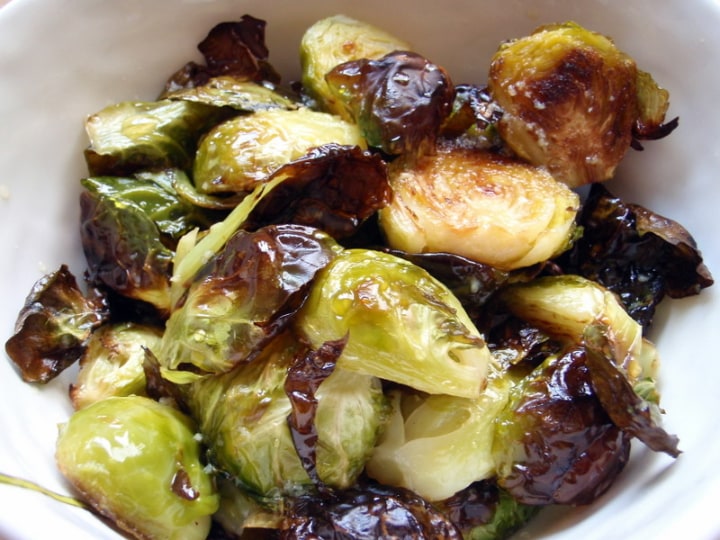
Brussels sprouts look like miniature cabbages, but that is not what they are. The Brussel sprout plant is related to cabbages, which explains the resemblance, but sprouts are not quite the same thing.
Brussels sprouts originated in Belgium, in the 16th century, and were later named for the capital city of Brussels.
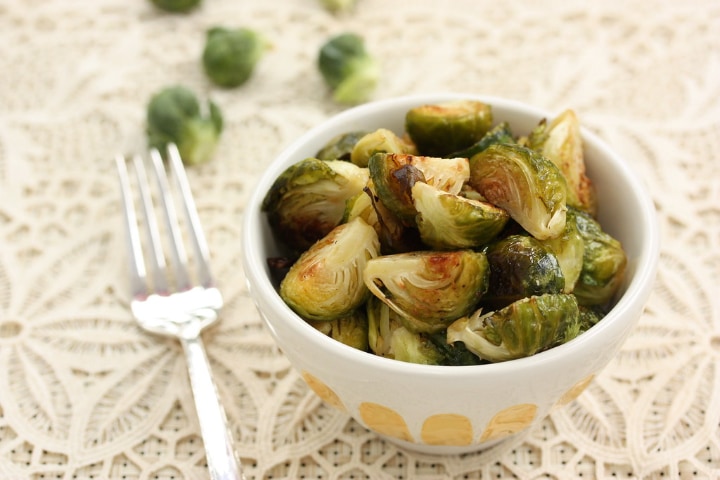
If we’re being fair, over the years, Brussels sprouts have gotten a bit of a bad rap, often being hated by adults and children alike, and only eaten out of necessity. But things have changed, right?
Brussel Sprouts Nutritional Value
According to the USDA, 100g of Brussel sprouts contains:
| Energy | 43 Calories |
| Total Carbohydrate | 9 g |
| Dietary fiber | 3.8 g |
| Sugar | 2.2 g |
| Protein | 3.4 g |
| Fat | 0.3 g |
| Vitamin C | 141%* |
| Vitamin A | 15% |
| Potassium | 11% |
| Vitamin B-6 | 10% |
| Iron | 7% |
| Magnesium | 5% |
Brussels sprouts are a big favorite both for health-lovers who enjoy eating green and healthy foods, as well as for those looking to shed a few pounds.
Why? Because Brussels sprouts are an excellent source of essential nutrients while being very low in calories.
As you can see, 100 grams of Brussels sprouts only amount to a measly 43 calories, yet they are a good source of important vitamins.
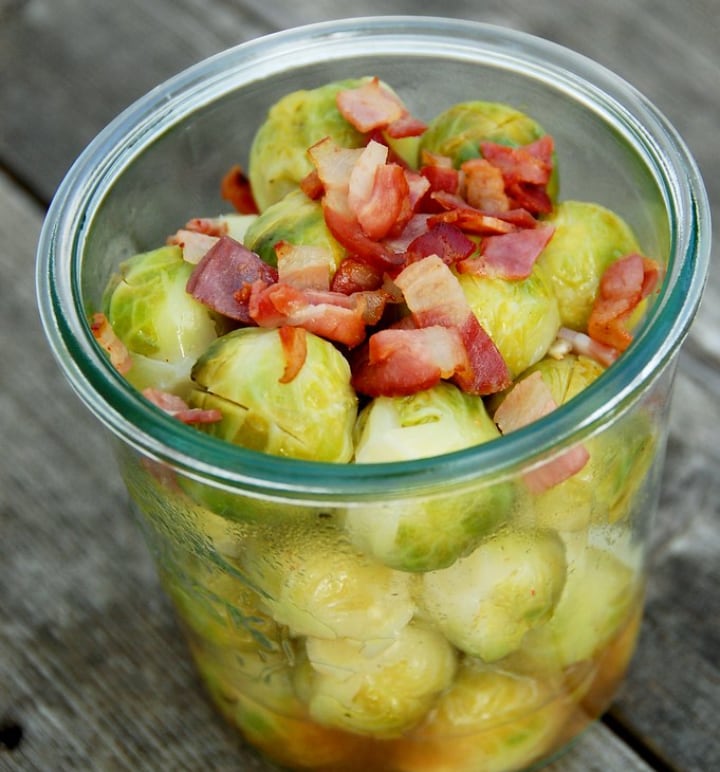
Did you know: Just one cup of Brussels sprouts can give you 25% of the recommended daily intake (RDI) of Vitamin A and exceed the RDI both for Vitamin C (a powerful antioxidant necessary for absorbing iron) and Vitamin K (important for bone health)?
And while the Iron, Magnesium, and Potassium content of Brussels sprouts is nothing to write home about, it still contributes to the overall health of your body.
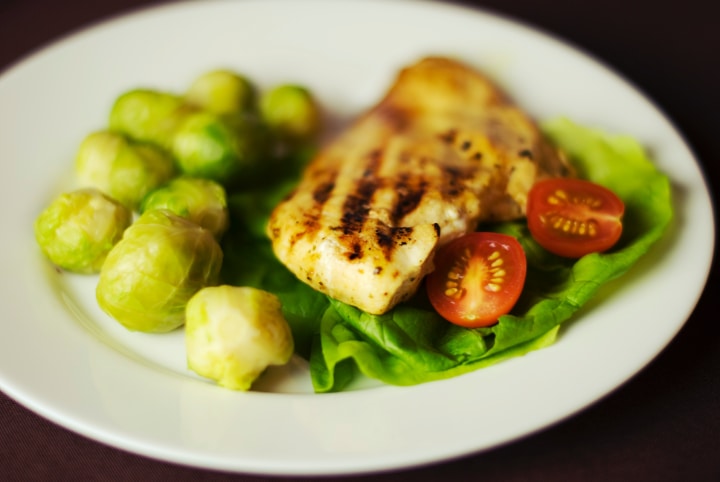
Paired with other leafy greens, a portion of Brussels sprouts can feed you many essential nutrients that keep your body in tip-top shape.
Brussel Sprout Plant Size and Height
Since this is, after all, a growing guide that teaches you how to plant and nurture your own Brussel sprout plant, let’s talk a bit about what you can expect.
Obviously, you will want a Brussels sprout plant that grows as big as possible, so that you get the most out of it.
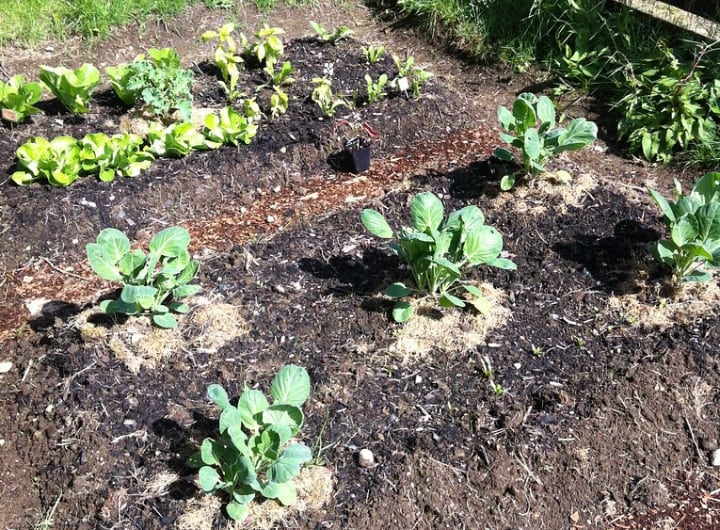
The size and overall height of your plant will depend heavily on the way you plant it, how much you care for it, and of course, the space you have available.
You will want to leave ample space for the plant to develop, regardless if you’re planting them in a row, or simply planting a couple of Brussels sprouts plants in a raised bed.
Good to know: if properly spaced, a Brussel sprout plant can grow to a whopping height of 2 ½ feet when fully mature.
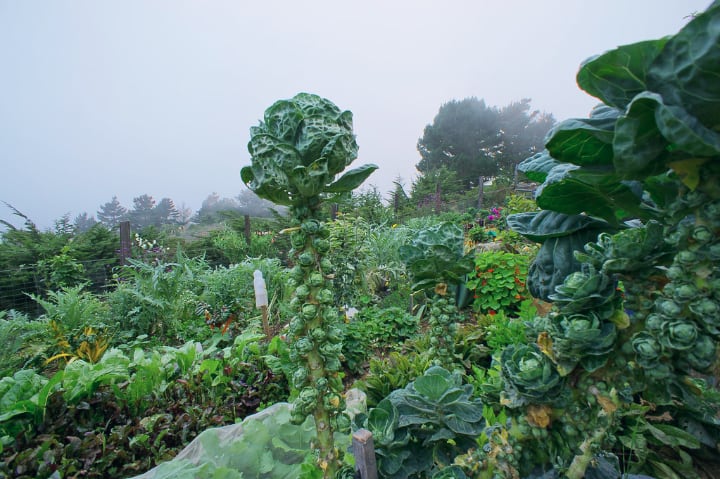
The yield depends largely on the type of Brussels sprout plant you are going for. There are many varieties, and one plant can have a significantly higher yield than another.
Types of Brussel Sprout Plants
Although people tend to assume the tiny green buds are the only type of Brussels sprout there is, that is not in fact the case. There are numerous varieties of the plant, over 110 to be exact, with each plant yielding different sprouts.
Over time, cultivators have developed a fresh approach to growing these small cabbage-y vegetables.
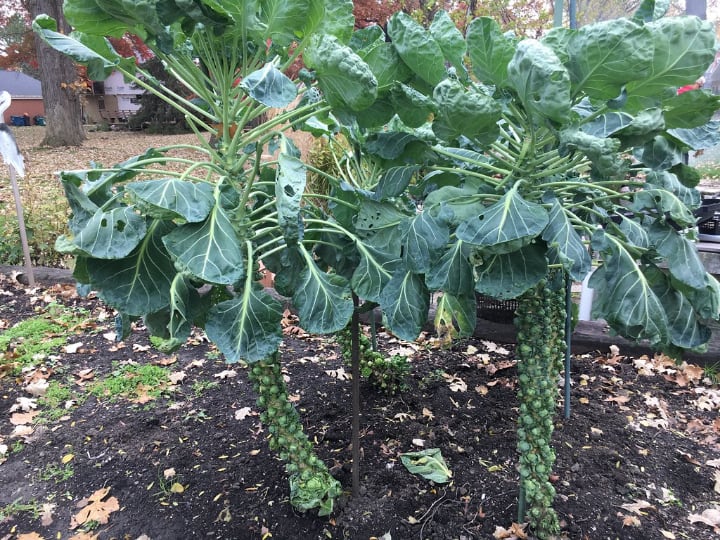
Depending on the Brussels sprout plant’s resistance to disease, the uniformity of its growth, and the sheer size, cultivators have identified different types of sprout.
Red Brussels Sprouts
The red Brussel sprout plants usually yield larger buds, with a more unusual coloring if you’ve only been used to eating green ones.
The Rubine
The Rubine variety is an heirloom Brussels sprout, with darker, purple leaves. It’s quite popular around the world as it yields tasty sprouts.
Tip: The Rubine Brussels sprout typically matures after 3 months of cultivation, but quickly loses its color during cooking.
The Falstaff
The Falstaff Brussels sprout plant is newer on the cultivation scene yet is quite similar to the Rubine.
The Falstaff also gives blue-purple sprouts, which tend to be a few shades darker than the Rubine sprouts.
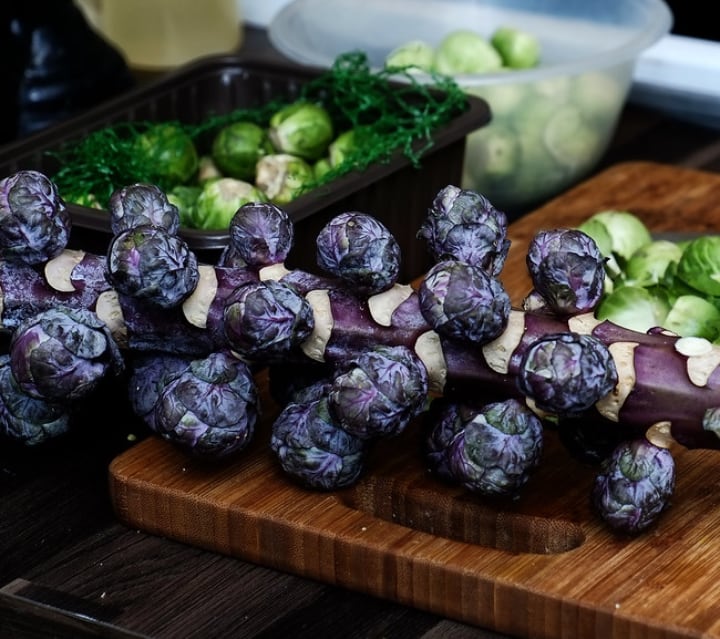
Good to know: It has a more mild flavor than the traditional green varieties of Brussels sprouts and can retain its color during cooking—provided you grow it in the right conditions.
The Redarling
The Redarling Brussels sprout plant is known for its high yield. Like the other red sprouts, the Redarlings are milder in taste, and tend toward a medium-sized sprout, with a thick, full appearance.
Green Brussels Sprouts
Green are, of course, the more common type of Brussels sprouts and tend to have a more intense flavor.
The Capitola
The Capitola Brussels sprout stands out through its bright green coloring. Thanks to the high yield of this Brussel sprout plant, Capitola sprouts are widely available on the market.
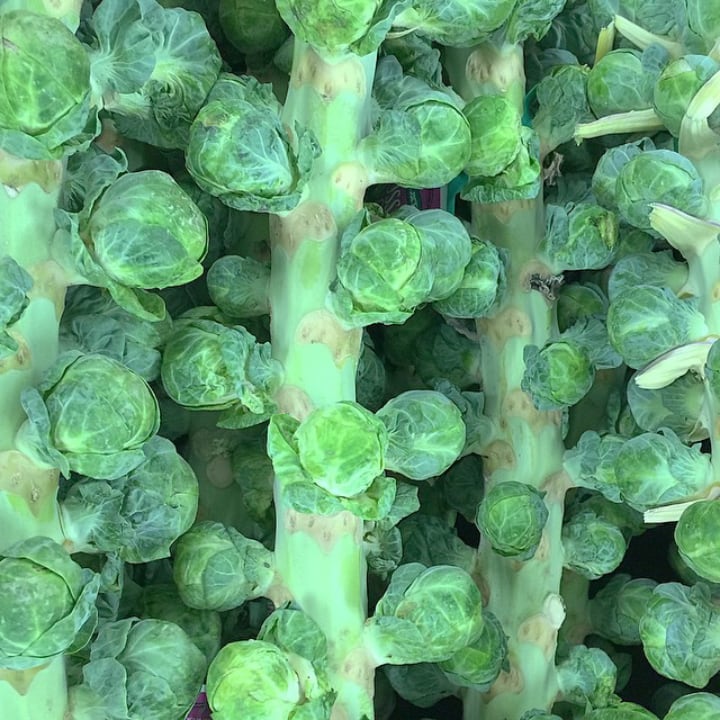
They’re usually medium in size and you can use them for many kinds of dishes.
The Cryptus
The Cryptus sprout is also medium, but with a much darker shade of green. It’s milder in taste than other green varieties, which also means it’s more popular, and more easily added to a variety of dishes.
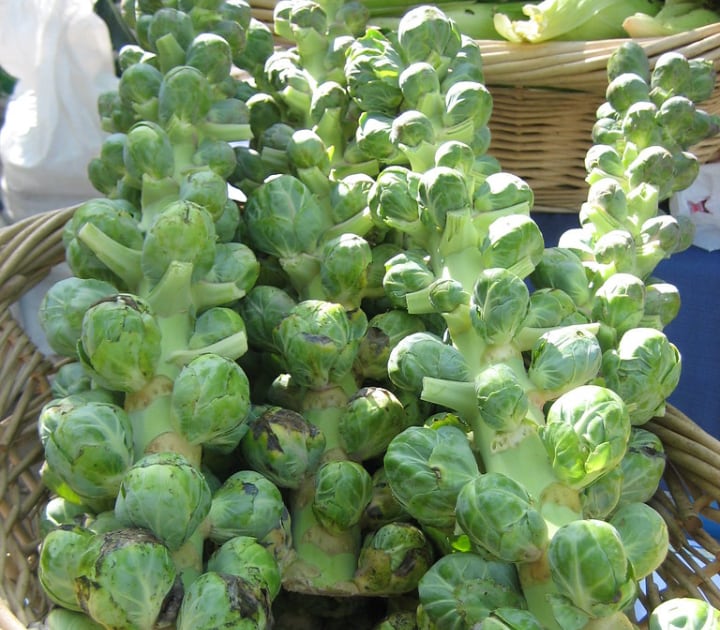
Good to know: This Brussels sprout plant is resistant to clubroot, a common, unpleasant disease that typically affects cabbages and other leafy green plants.
The Gigantus
Contrary to its name, the Gigantus Brussels sprout is not an abnormally big variety. The rich yield of this Brussel sprout plant usually comes in medium-sized sprouts, with a healthy, green coloring.
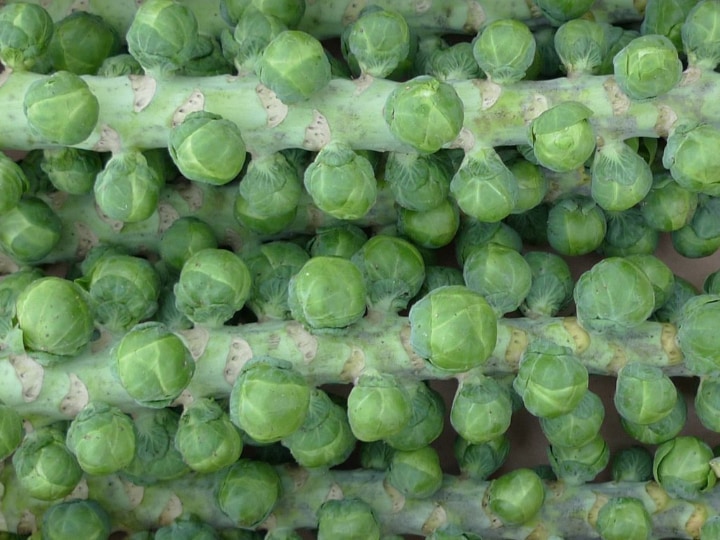
Not as bright as the Capitola, but not as dark as other variations either.
The Gladius
The Gladius is excellent for a late fall harvest. Its sprouts are lightly colored, in shades ranging from green to blue, interestingly enough.
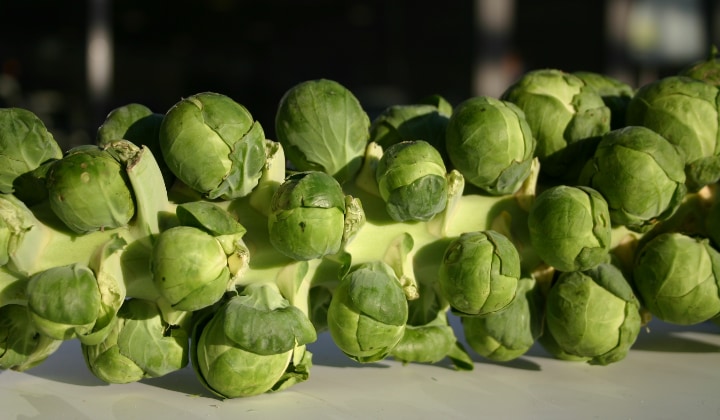
The Gladius sprout has an excellent shelf life and an appealing flavor.
The Martinus
The Martinus has a hugely appealing green tint that will make even the pickiest eaters hungry.
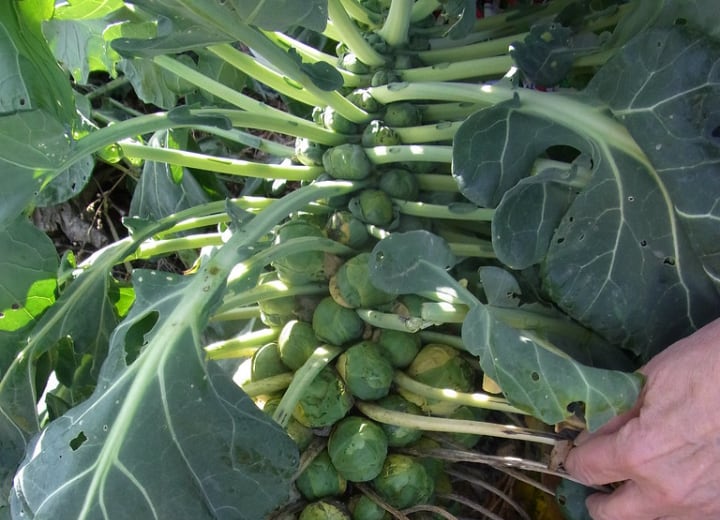
The Martinus Brussel sprout plant usually yields medium-large sprouts, in a fancy cylindrical pattern.
The Gustus
You don’t need to be a Brussels sprouts expert to know that the Gustus is going to be a pretty tasty sprout.
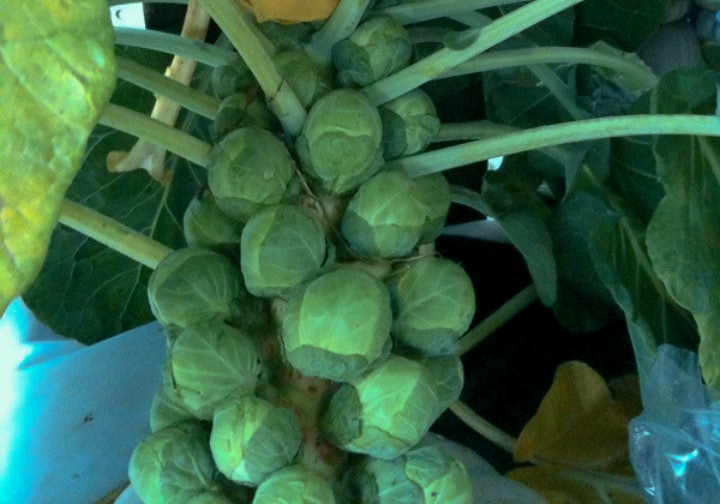
These dark green medium-sized sprouts have a mild, yet notable flavor that goes well with a wide range of meals.
The Jade Cross
The Jade Cross Brussels sprout is an interesting hybrid that yields deep green sprouts. These mature early on, which makes them easy to grow.
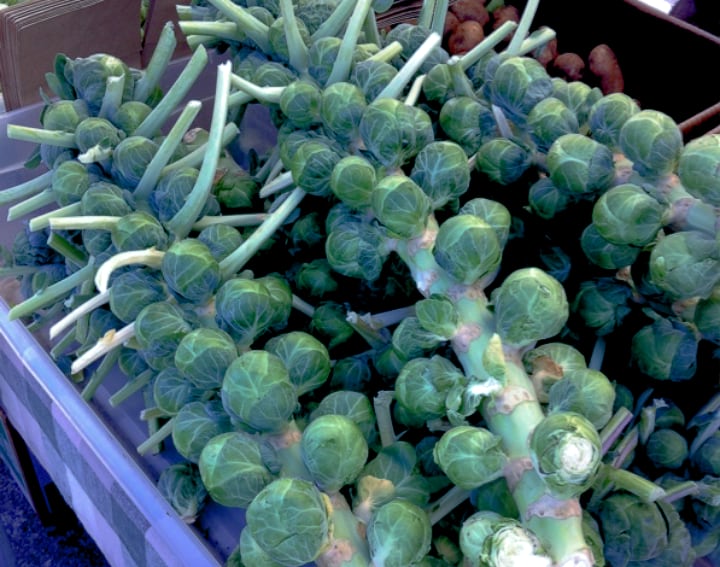
But what is truly interesting about the Jade Cross Brussels sprout plant is its compact shape, which makes it less vulnerable to the elements.
The Confidant
Yet another hybrid sprout plant, the Confidant usually matures in the fall. Its sprouts are a rich green, but the taste is surprisingly mild and easy to like (even if you’re not into sprouts).
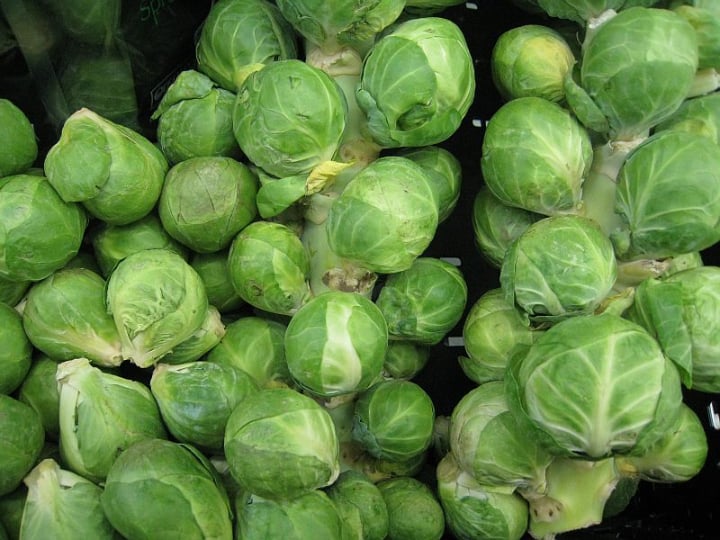
The bottom line of this section is, there’s a Brussels sprout type for anyone, with tastes ranging from mild to deeply flavored!
Planting a Brussel Sprout Plant
For now, let’s focus on the first steps. Before you can reap the benefits of having your very own Brussels sprouts source, you will need to plant it and be patient.
Tip: Succession planting works well for Brussels sprouts. See, some plants tend to yield a big, juicy harvest the first time but peter out as time wears on.
This means you may get a plentiful Brussels sprouts feast the first time you harvest, but then get progressively smaller yields if you plant all your Brussels sprouts plants around the same time.
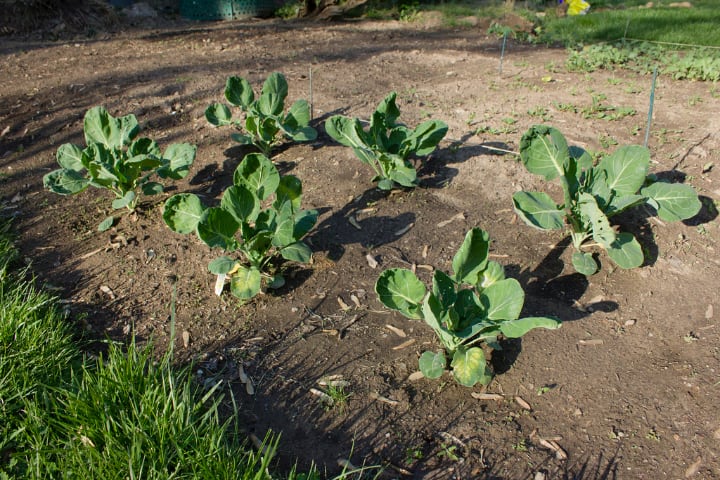
That’s why you want to do succession planting. This means you plant your initial plant somewhere in the middle of March, and then let that grow for a while.
This is more time-consuming, as you will have to regularly come back to your plants and set aside quite a hefty chunk of time for your garden. Nevertheless, it’s beneficial.
Tip: You will need to sow your seeds about a month before transplanting them to your garden. If you plan on starting your Brussels sprouts in mid-March, you will want to sow the seeds in early February using a modular planting tray.
Your succession planting should be done a month apart, so if you plant your first Brussels sprout plant in early to mid-March, the next one should come in the middle of April, and the one after that in mid-May.
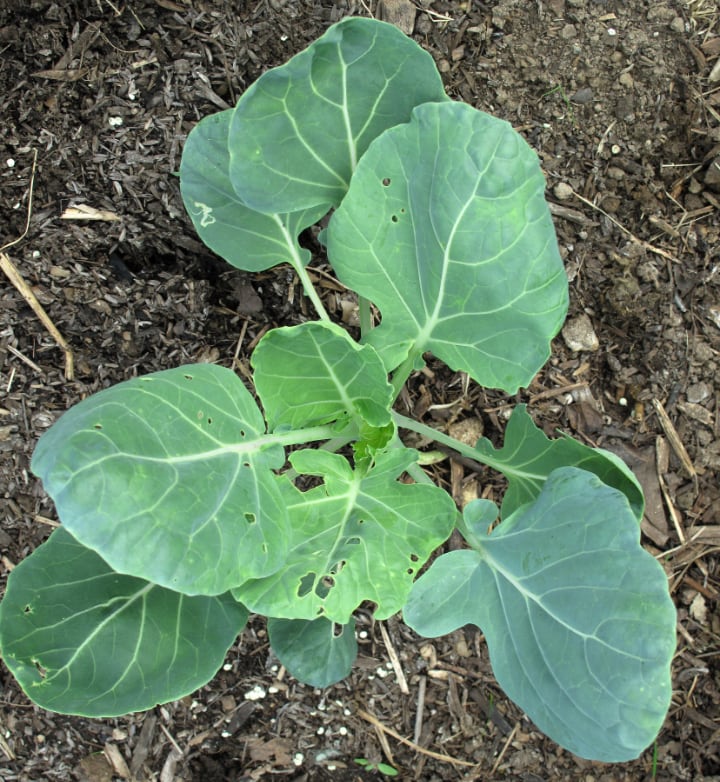
Naturally, you can plant more than three plants, but make sure you stick to the same pattern and know the right planting season.
Most Brussels sprouts types need to be planted during spring or early summer for them to yield sprouts in the fall or early winter.
Tip: Don’t worry about a little cold. Brussels sprouts are actually cold-weather plants, so they prefer the chillier months, as opposed to constant warmth. In point of fact, Brussels sprouts will grow better in places that are cooler and don’t tend to become overly-heated during the summer.
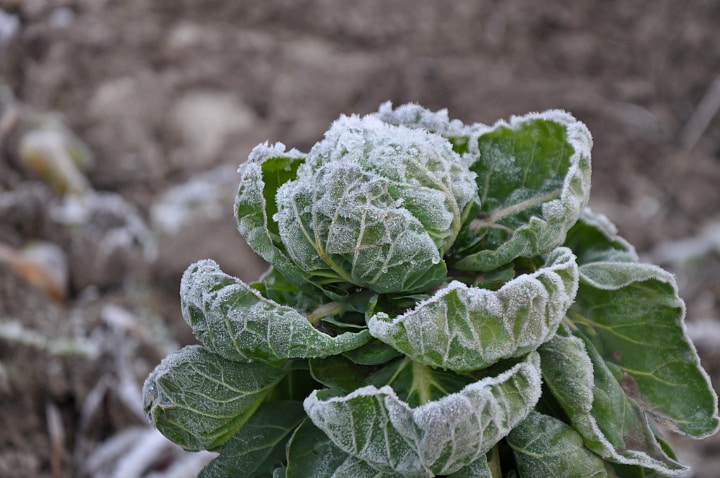
When planting your Brussels sprouts plants, make sure you pick a site that gets plenty of sunlight (around 6 to 8 hours each day), so that your plants can develop properly.
However, it’s also important to ensure they get some shade, so you may want to plant them inside a shade house or a greenhouse. That will lead to plentiful harvests.
Tip: In the fall, you will need to stake your plants, so that strong winds won’t blow them over.
Brussels sprouts plants need to be planted at a good 24-36-inch distance from one another.
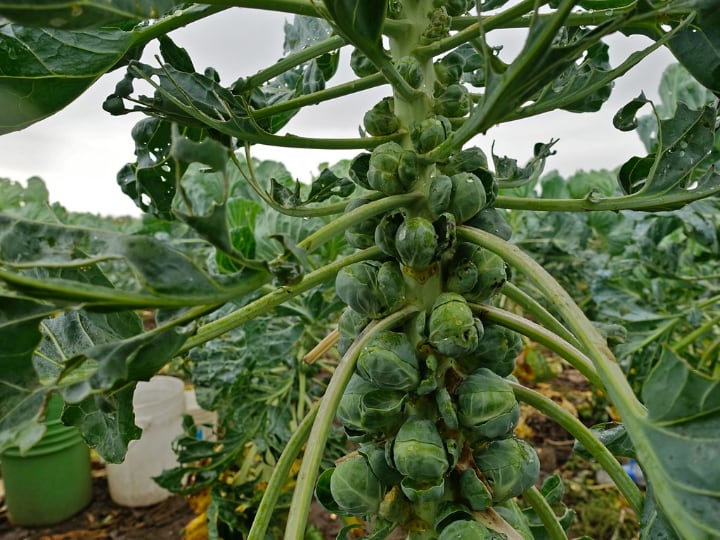
If you are not planting them in rows, make sure they have at least 24 inches free in any direction, to be able to properly grow and yield as many sprouts as possible.
How to Grow Brussels Sprouts
Growing Brussels sprouts is no picnic. It’s more difficult than other plants, and it will take quite a bit of patience on your part.
Interestingly enough, Brussels sprouts get better in flavor after being exposed to a light frost, which is what qualifies them as cold-weather plants.
However, don’t overestimate their ability to withstand cold weather. A hard frost will damage sprouts, just as it would most plants.
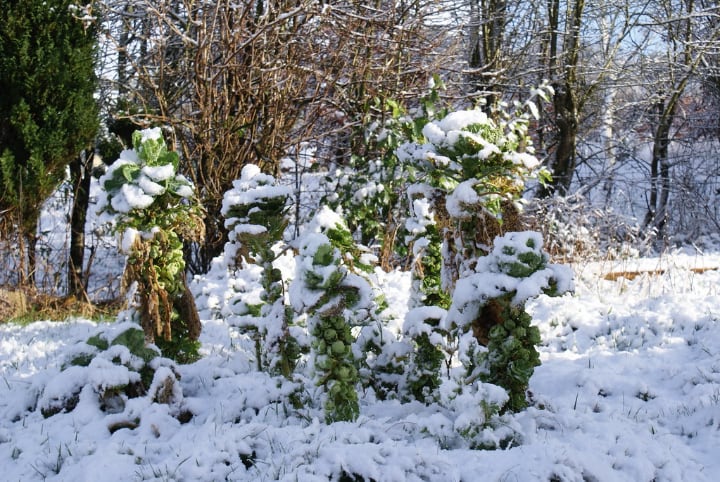
Good to know: Brussels sprouts will take some time to harvest and will need to be in the ground at least 80 days to produce sprouts.
Depending on the type of sprout plant you’ve chosen, most Brussels sprouts plants take anywhere from 26 to 31 weeks to reach maturity.
Growing Brussels Sprouts in Containers
If the weather doesn’t let you grow your sprouts outside, you may also plant and grow them in a container.
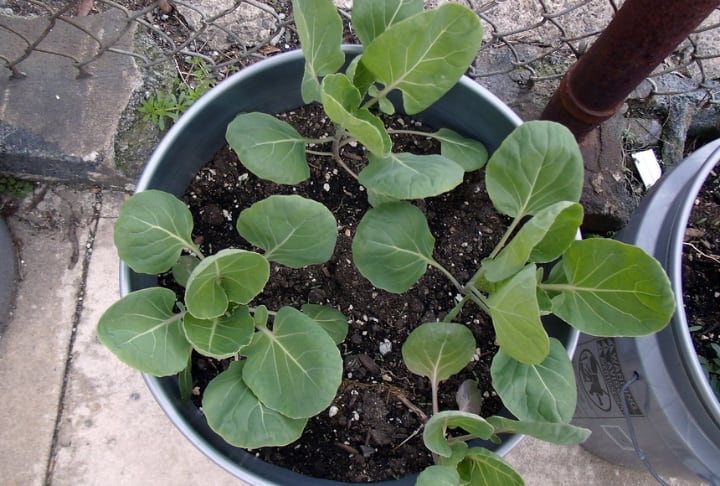
- Your pot should be at least 12 inches in diameter and 12 inches deep, to allow the plant proper room to grow.
- You will need to fertilize it regularly and ensure it gets plenty of sunlight.
- For best results, do not plant more than one seedling per pot.
- Your Brussels sprouts in a pot will also need plenty of water. When you plant them, make sure you water heavily (until excess water begins draining through the bottom).
- After that, check on the plant daily and water whenever the first inch or so of soil feels dry.
- Depending on the type of sprout, some plants will require daily watering.
Propagating Brussels Sprouts
Propagating is a great way to get more Brussel sprout plants from the ones you already have.
Often with Brussels sprouts, you will see new roots developing around the base. These are not necessary for the growth of the plant and can be used to yield another.
However, propagation is difficult. You will need to gently cut off the excess roots and plant them (similarly to the above section).
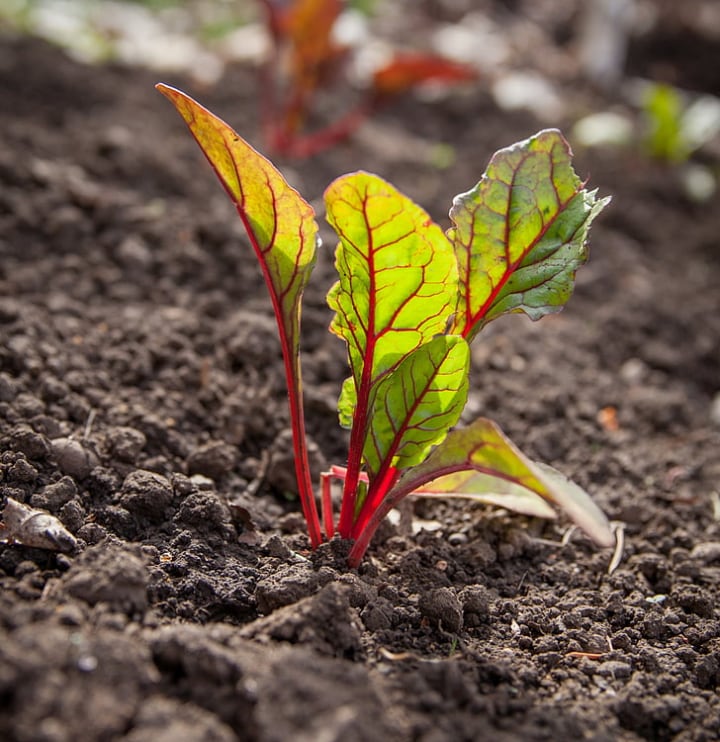
Important: Keep them in a large pot, in direct sunlight, and give them plenty of water.
This will yield a plant that is identical to the parent plant. It’s not normal plant reproduction, but rather a method of “cloning” the plant you already have.
How to Care for the Brussel Sprout Plant
Once you’ve planted your Brussels sprouts, all that is left is to wait and make sure you provide them with proper care so that you can enjoy a plentiful harvest.
Soil
You want to make sure you plant your sprouts in rich soil (maybe even buy special planting soil). Brussels sprouts plants need rich, well-fertilized soil with plenty of organic matter.
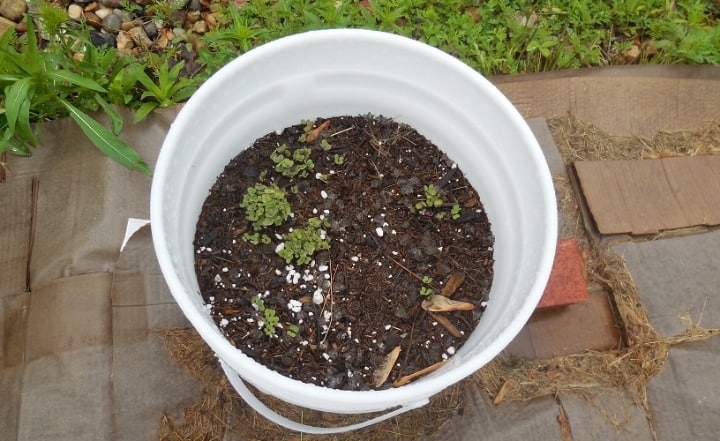
It’s important to water the soil well but ensure good drainage (you don’t want to drown your plants).
Tip: Use slightly alkaline soil (anything with a 6.5 pH or above works).
Temperature
Keep in mind that Brussels sprouts don’t like hot weather. That is not to say you won’t be able to plant or grow them in a hot climate, but rather that your harvest will be bitter and unrewarding.
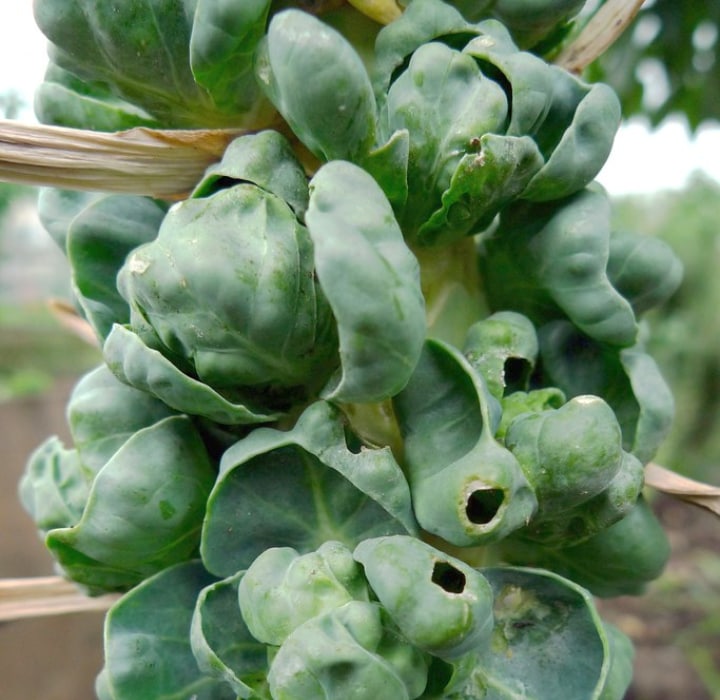
So as far as temperature is concerned, the ideal for Brussels sprouts lies somewhere between 45 and 75 degrees Fahrenheit (8 – 20 C).
Not only will they survive a light frost or a few days below this temperature, but as we mentioned, they will benefit from it.
Light
Once again, Brussels sprouts love the sun. You want to put them in a spot with a lot of direct sunlight. If possible to get full day light, that is great.
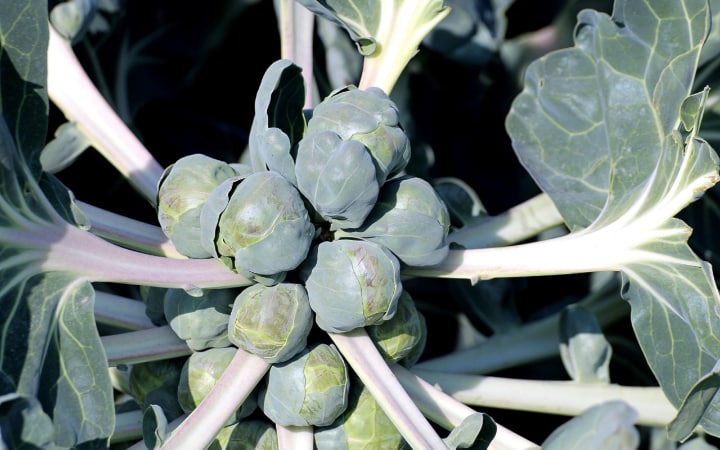
If not, aim for at least six hours. Too much shade makes it difficult for the sprouts to mature.
Water
When growing sprouts, moistness is key. You want a crop that is well-watered, but not drowned, otherwise, it will damage the yield.
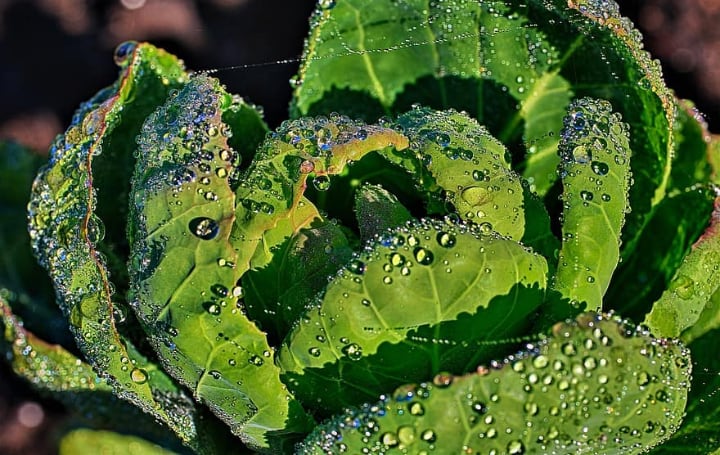
Stick to the rule we mentioned earlier: water whenever the top inch of soil seems dry. Keep the soil moist, but not soaked.
Fertilizer
You will want to fertilize your plants with about a four-week break between sessions so that they have time to mature and develop.
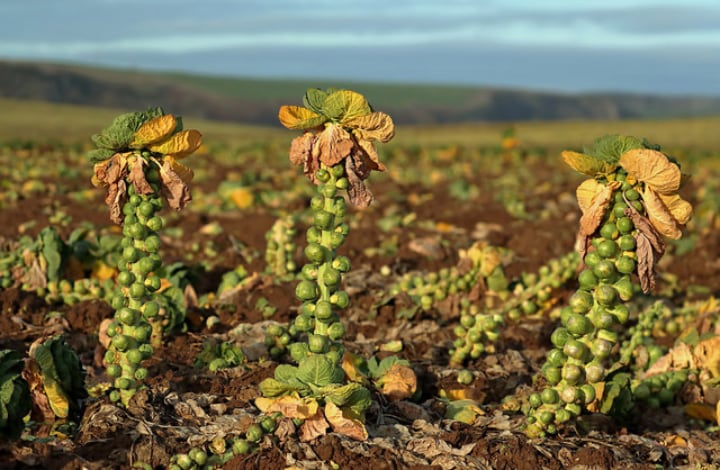
Ideally, fertilize them using nitrogen-rich fertilizer when the sprouts plant is around 12 inches tall, and then again about a month later.
Pests and Disease
The Brussels sprout plant is not immune to disease.
- Clubroot is a fungal disease that will stunt the Brussels sprouts’ growth and yield yellow and wilting plants. Clubroot is hard to get rid of, so the best thing you can do is only use accredited vendors for your plants and maintain healthy soil.
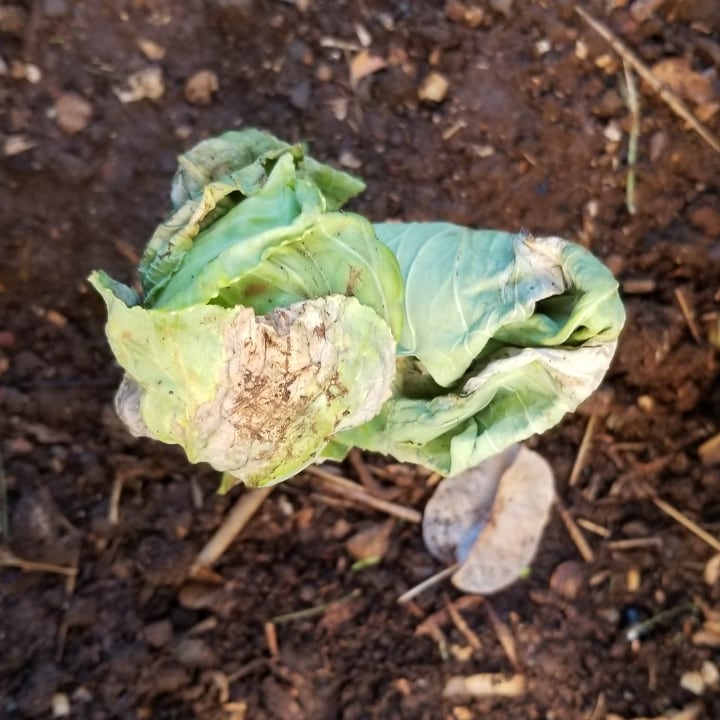
- Black rot is caused by bacteria and will manifest in the form of darkened leaves, and deep, black spots on the stem.
- Alternaria leaf spot will cause purple-dark lesions on the plant, as well as a darkening and the slow death of the leaves.
Important: Crop rotation can help you avoid both black rot and Alternaria leaf spot.
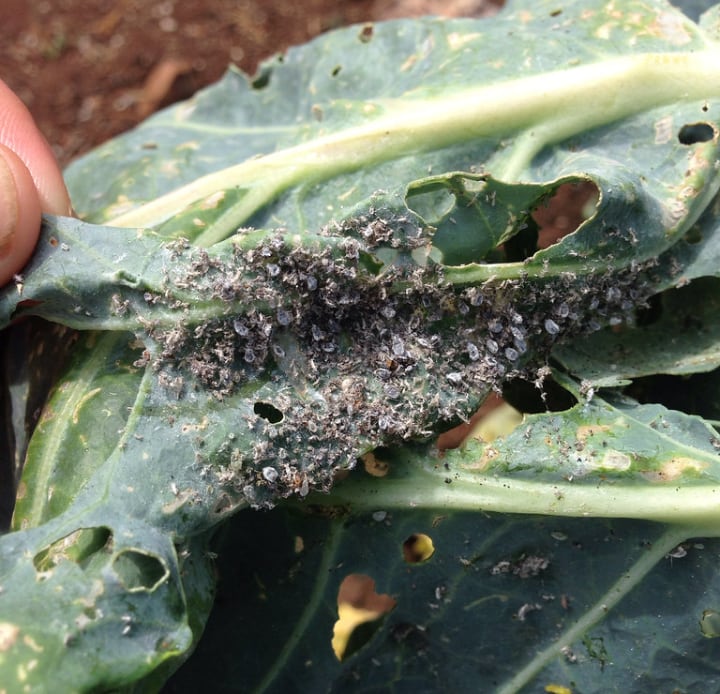
As far as pests go, the cabbage aphid is a type of insect that will stunt the growth of your Brussels sprouts and crawl all over the plant.
If the infestation is only present in a few, isolated places, then removing those will do. If the infestation is large, consider using a pesticide.
How to Harvest Brussels Sprouts
Good news: harvesting sprouts is easier than growing them, but then that doesn’t surprise anyone, does it?
Still, you need to wait until the sprouts have reached maturity. As a general rule, harvest when the sprouts are at least 1 inch in diameter.
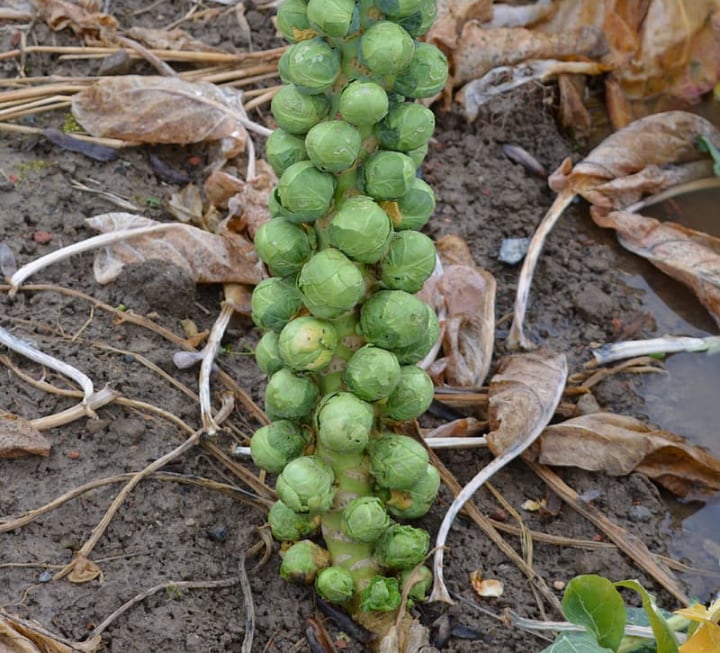
Keep in mind that sprouts mature from the ground up, so the lower sprouts will be ready faster than the top ones.
Tip: You can either cut off the sprouts or pluck them. You can do this by removing the leaf beneath and then twisting and pulling.
Depending on the plant, it will normally yield about a quart of sprouts in total. Remember, however, that sprouts need to be harvested multiple times, rather than all at once. So as in growing, patience is key.
Do you like gardening videos? So do we! Here’s a video guide to help you prepare for harvest.
Brussels Sprout Plant Questions and Answers
Below, we will answer some of the most common questions gardeners have about cultivating your own Brussels sprout plant. This will also provide you with a quick recap of what we’ve been saying so far.
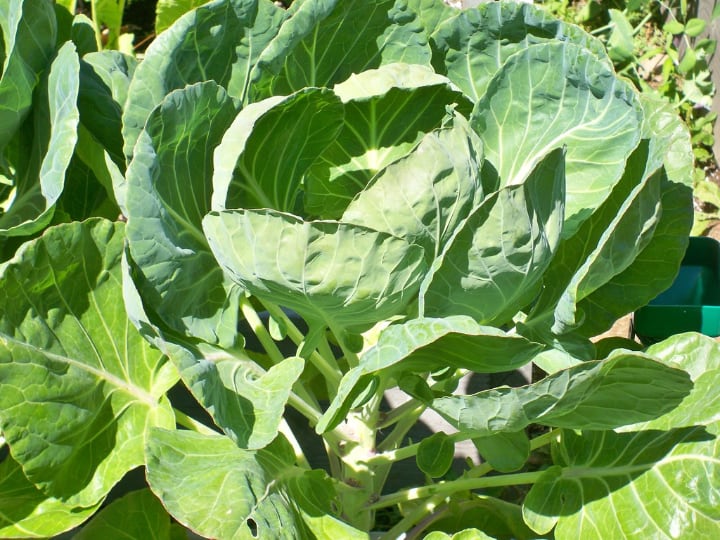
How long does it take to grow Brussels sprouts?
In general, it will take anywhere from 26 to 31 weeks for your Brussels sprouts to be fully matured and ready for harvesting. Find out now how to plant Brussels sprout plants the right way.
Do Brussels sprouts come back every year?
Some people who plant the Brussel sprout plant treat it like an annual plant and usually uproot it after harvest. Still, some gardeners believe that you can expect your Brussels sprouts to come back next year if you leave them in the ground, instead of uprooting. However, you should not leave them for too many years running, as that increases the chances of them developing various diseases.
How do you grow Brussels sprouts?
You will need a lot of patience with your sprouts and a sunny spot in your yard or garden ready for them. Follow our step by step guide on growing Brussels sprouts.
Do Brussels sprouts need support?
Brussels sprouts will need plenty of space to develop, and yes, in the fall, they will require some support to ensure a hard wind won’t topple them. Read more about caring for the Brussel sprouts plant.
Time to Get Brusselin’?
Brussels sprouts are a great plant to cultivate right in your yard, both because it’s an interesting gardening journey for you and also because it’s a healthier and cheaper alternative to the little store-bought greens.
We hope this extensive guide has answered all your questions about growing your own Brussel sprout plant and kindled your interest in trying your hand at Brussels sprouts!
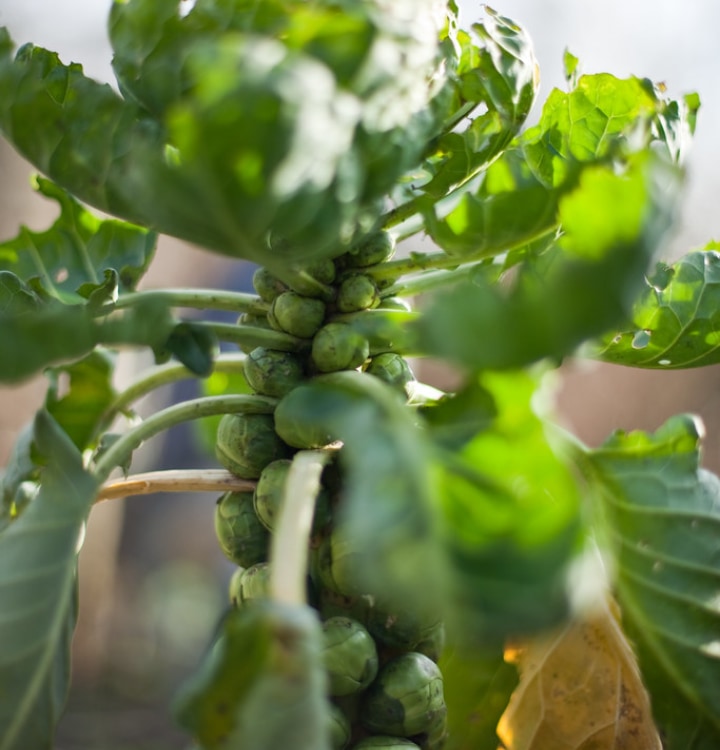
Remember, while it may seem like a daunting task at first, it’s actually remarkably easy. All you need is the right conditions and a good deal of patience!
Pluck up your gardening courage and get started. If you encounter any difficulties, get back to us with your questions. We’d love to help!
PS: Liked this guide? Spread the word about sprouts and our mission to grow healthier food by sharing this post on social media. We appreciate your support!

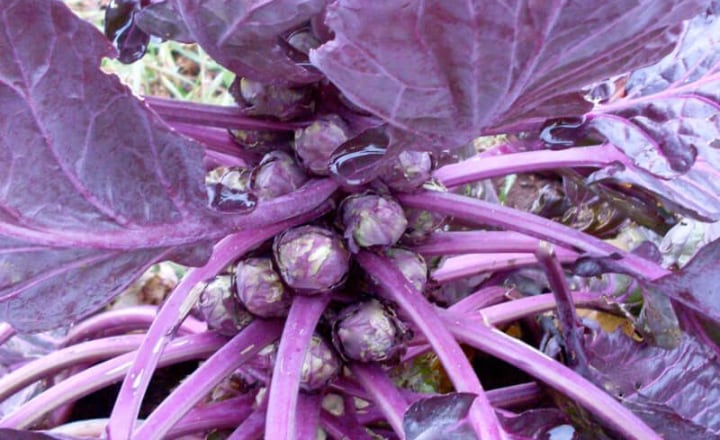
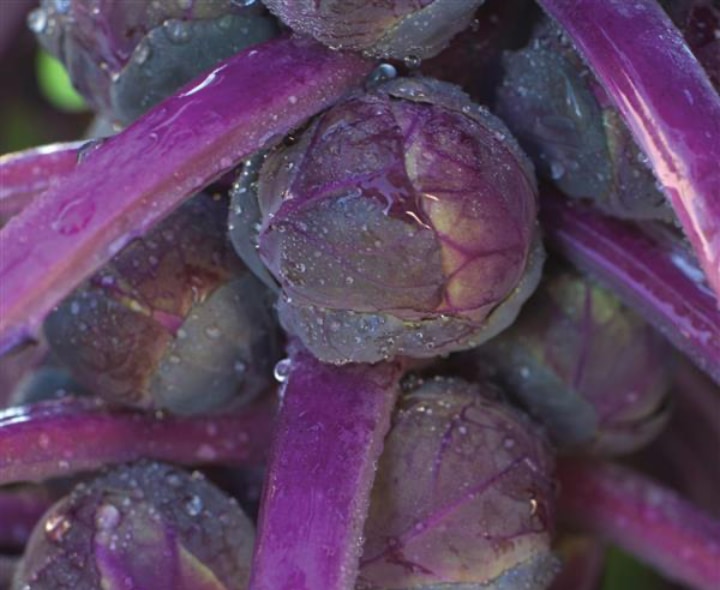
First time grower and I’m having trouble with my brussel sprouts they’re not growing in height or stem size. They are planted in 5 gal cloth pots. What should I do or try?
An excellent article, thank you!
This was my first year growing brussel sprouts and they are still coming! Probably about 3 more pounds out there, even if many of the smaller ones don’t fully mature before too much more snow (4″ yesterday, put some plastic & leaves around them for a few more weeks. Called the garden center I got the seedlings from and found out they are Capitola. Very tasty! Took some diligence in watching/treating for cabbage worm but got most of them early, very little damage, and sprayed BT about 3x during the season. You don’t mention cabbage worms -or other wormy pests- but I knew to look out for them b/c I lost a whole broccoli crop (6 plants) a few years ago to them. Next year will cover them in the evenings to keep cabbage moths away. Thanks again for all the good info here, have saved the site for reference next year.
Hi Richards, we appreciate you sharing your experiences with growing Brussel sprouts! With your struggles in the past, we definitely want to learn and share more about treating wormy pests on brussel sprouts. Therefore, we decided to add a section about it in our blog. We’d love to hear more about your experiences so we can cover it for our curious fellow gardeners! We will wait for your email at [email protected] with your thoughts before we add a new section. More bounty for you!